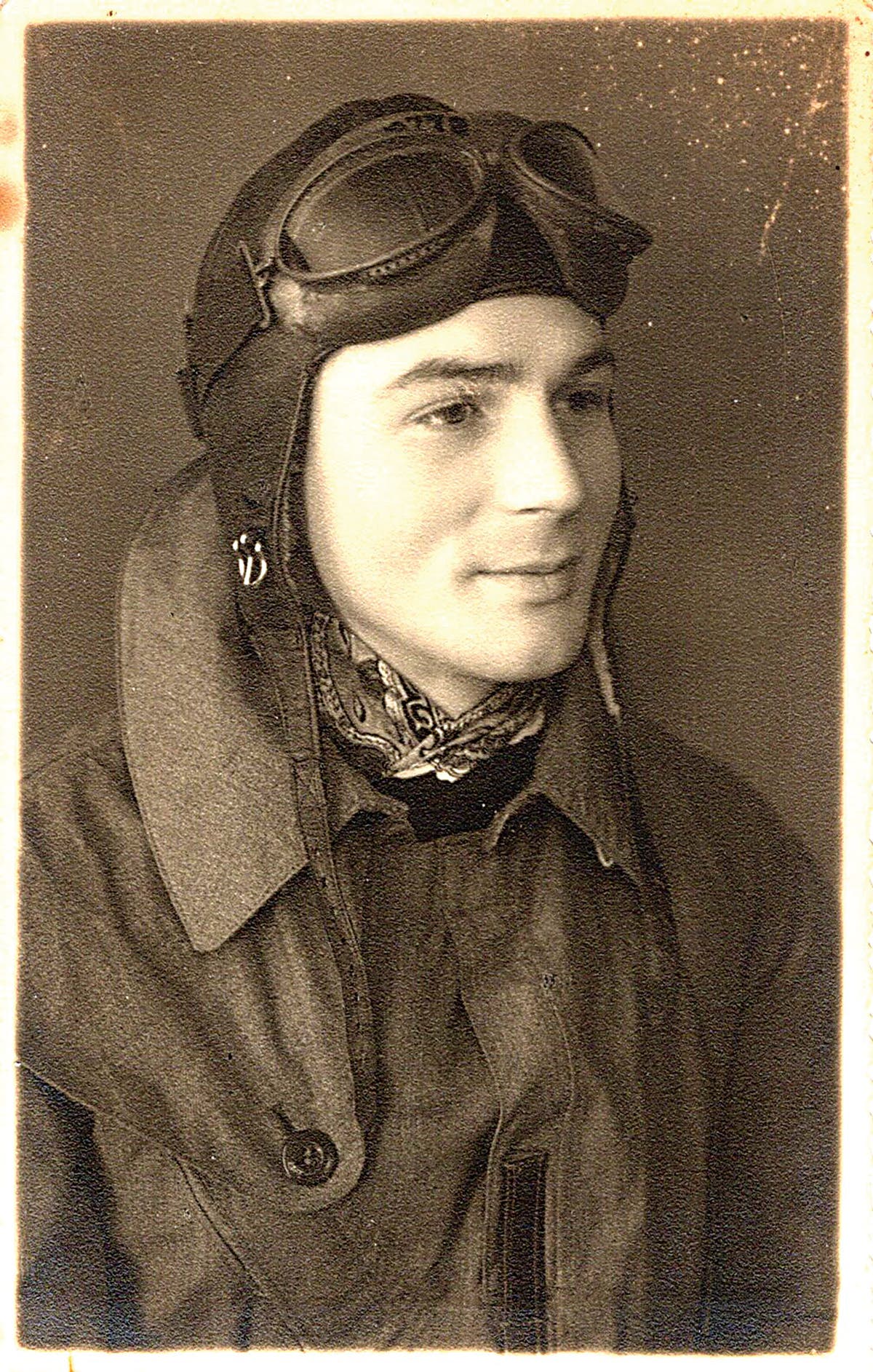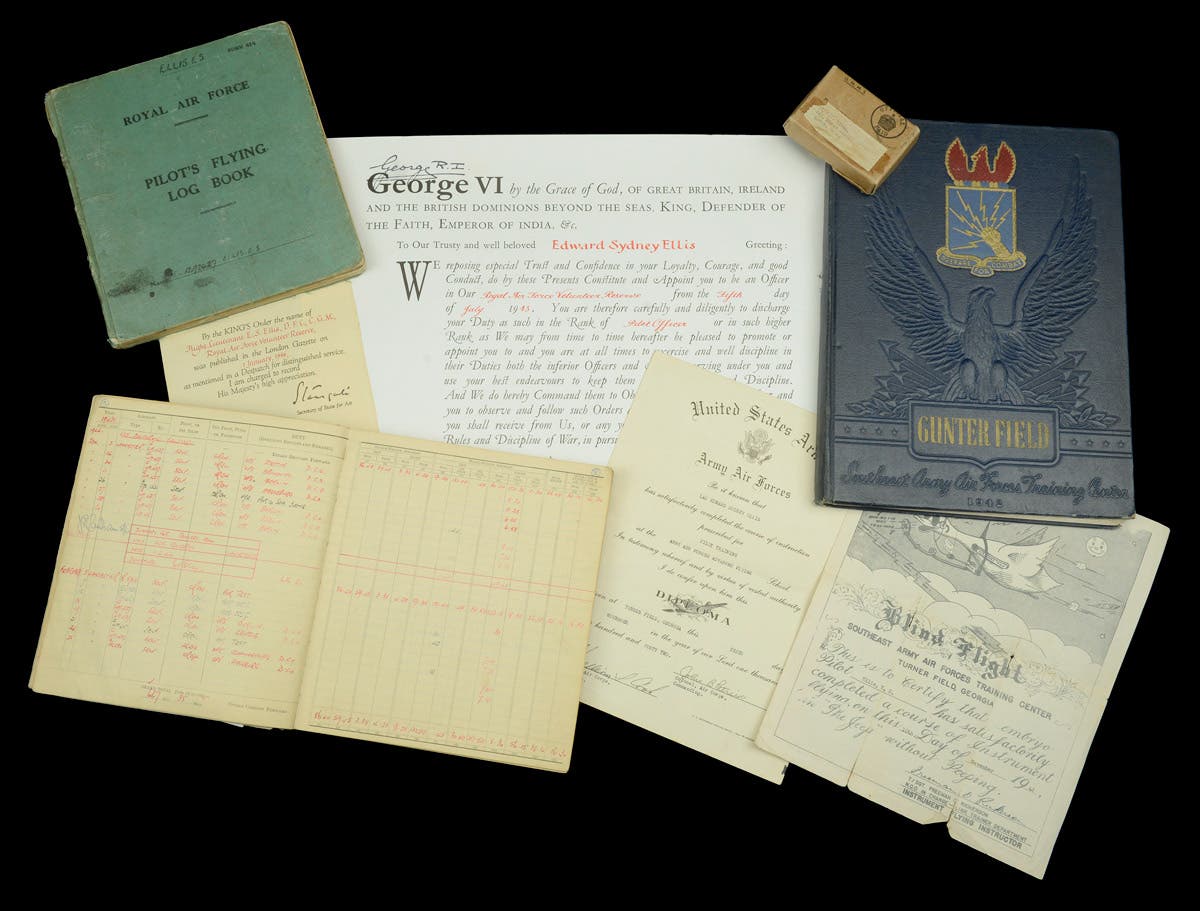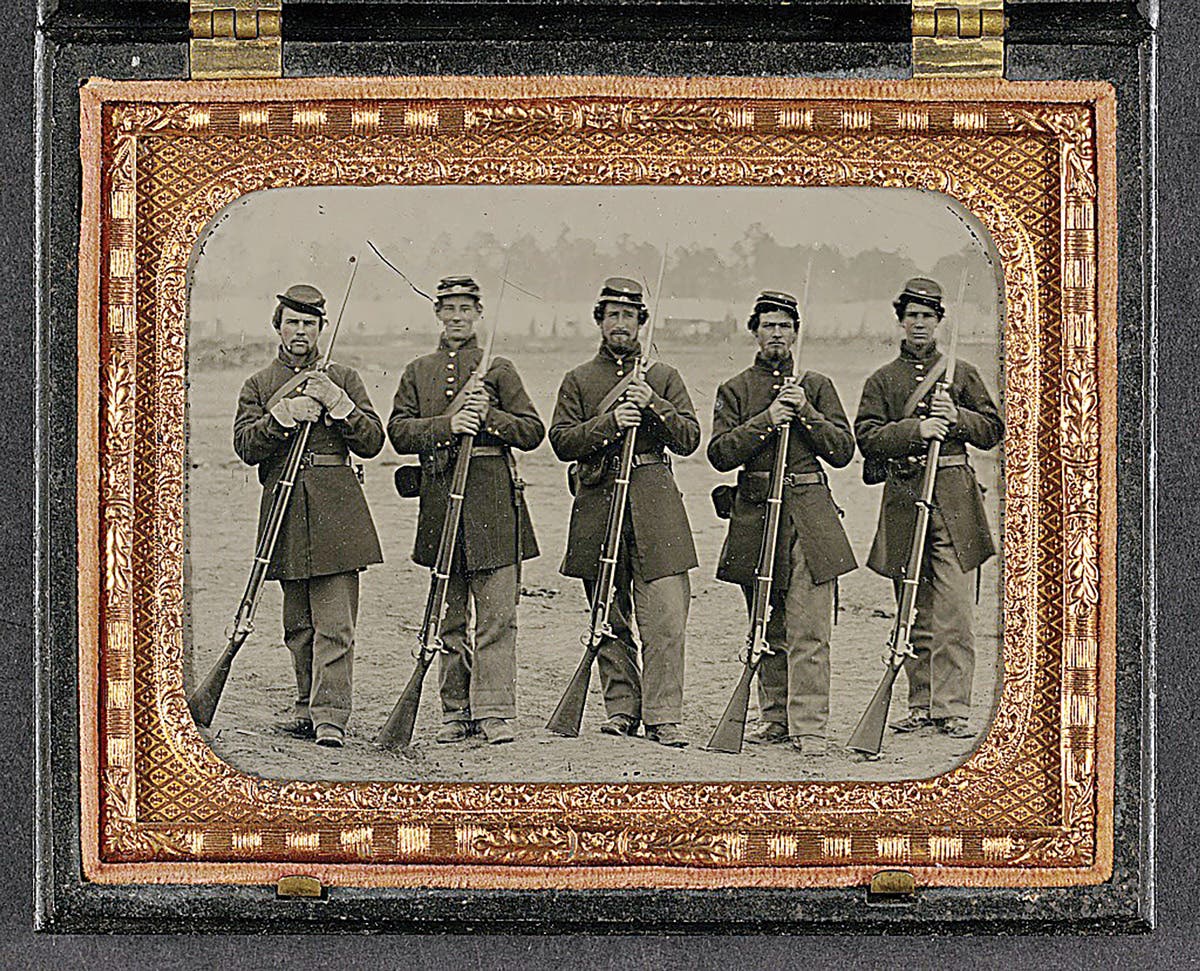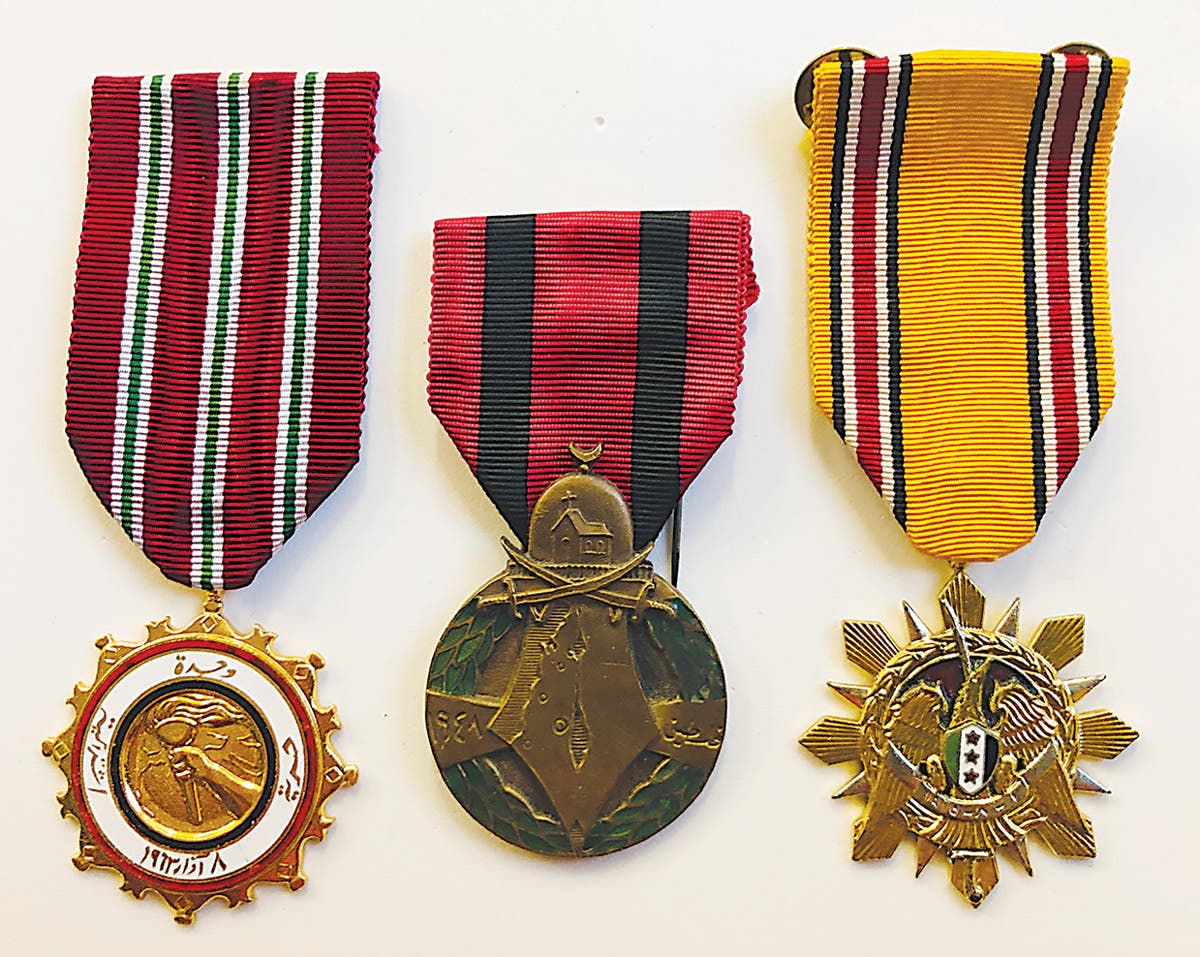The Johnson M-1941 Semiautomatic Rifle
Should it have replaced the M1 Garand during WWII?
The March 1965 issue of, the American Rifleman ran the following obituary:
“Melvin M. Johnson, Jr., business executive of New Haven, Conn., died on Jan. 9, 1965, in New York, N. Y. He was 55 years old.
“A native of Boston, Mr. Johnson graduated from Harvard College and Harvard Law School, and taught criminal law at Boston University. . . .”
Doesn’t ring a bell? Wait – it goes on:
“It was during his spare time in the late 1930’s that he climaxed a long interest in firearms by inventing the Johnson semi-automatic rifle and a light machine gun. These weapons were used by Allied Troops in World War II.”
Ah, now we get it. Johnson was the inventor of the Johnson Caliber 30 Semi-automatic Rifle M1941, the only rifle to give the Garand a run for its money as the official WWII battle rifle of the U.S. armed forces. As it turns out, it wasn’t much of a run, but its middling success is what makes the Johnson so collectible today.
When WWII began, American troops were equipped with a hodgepodge of battle rifles. The Model 1903 Springfield bolt-action in .30-06 was everywhere, its production having stretched clear into 1930. The Enfield P17 .30-06 bolt-action, a modification of Britain’s P14 that was rushed into production in 1917, was also well-represented in U. S. stores. The M1 Garand semi-auto had been adopted in 1936, but its production wasn’t anyone’s priority in those sleepy pre-war years. So when Melvin Johnson appeared in 1941 with his prototype rifle, for a brief moment in time it seemed that perhaps, just perhaps, the Johnson M1941 rifle might become America’s primary service rifle. The market was wide open, and it was anyone’s guess what would happen.
There had never been a rifle quite like the Johnson. It had at least two qualities that made it unique: it was a short-recoil rifle, and it had a 10-round rotary magazine. In the Johnson M1941, the barrel of the gun actually blew backward in reaction to the forward movement of the bullet, just as Newton’s Third Law of Motion dictates. The recoiling barrel in turn pushed against the bolt, which was locked to the barrel. As the barrel traveled backward 5/8 of an inch, the bolt rotated 20 degrees to unlock itself from the barrel and initiate the extraction/ejection/reloading cycle.
Other rifles used the short-recoil system, and still others used a rotary bolt, but the Johnson was the only U. S. military arm to use both. (In fact, it was the only U.S. military arm to use the short-recoil system, period.) And then there was the rotary magazine.
Rotary magazines were nothing new, at least in American sporting arms. The Savage Model 1899 lever-action sporting rifle used one, for example. The Johnson’s non-detachable magazine, however, was a ponderous, drum-like affair that held 10 .30-06 cartridges and fit more or less flush with the bottom of the rifle’s stock. Actually, the rotary magazine gave the gun a swollen, fish-belly look that made it look much heavier than its actual 9.5 lbs. It could be loaded with 5-shot stripper clips or single rounds, and it was complex to boot, so much so that some M1941s were fitted with conventional vertical box magazines.
The Johnson’s magazine was superior to that of both the 1903 Springfield and the Garand, however, in one key aspect. Both of the latter were typically loaded with stripper clips, a flattish piece of spring steel that held five (for the 1903) or eight (for the Garand) rounds of ammunition at their bases. With these rifles, it was difficult, if not impossible, to top off a half-empty magazine. The Johnson’s design, in contrast, allowed the soldier to open a door in the side of the magazine and roll in a few extra cartridges.
Another of the Johnson’s unique features was its quickly detachable, replaceable barrel. In a shooting war, it’s possible to burn out a rifle barrel in an amazingly short time, destroying accuracy and necessitating an expensive, time-consuming rework. With the Johnson, you could pop the barrel off and on in seconds without the services of an Ordnance Corps armorer.
On the other hand, the Johnson’s recoiling barrel meant that fixing the standard U.S. bayonet to it was a bit of a problem. A heavy bayonet impeded the backward motion of the barrel, which would inevitably result in a jam, the most hated of all battlefield maladies. Thus the Johnson was equipped with a pretty flimsy-looking spike bayonet that was light enough not to dampen recoil. The meager spike bayonet must have looked rather pale to Army brass, many of whom had vivid memories of the trenches of WWI, where a working bayonet was sometimes the difference between life and death. Today the Johnson bayonet is a real rarity in collectors’ circles with examples in (Excellent condition approaching $750.)
In field trials, the Johnson outperformed the M1 Garand in accuracy but was judged to be more complicated, a potential liability in battle. Since the Garand was already under production, the Army decided to go with it rather than with the Johnson as the standard battle rifle.
The biggest single order for the M1941 came from the Dutch, who ordered 70,000 of them. Unfortunately, the order was never completed due to the Netherlands’ self-imposed embargo on its colonies, which were in danger of falling to the Japanese. The U.S. Marines, who were at the time outfitting a paratroop corps, bought some of the rifles from the Dutch and pressed them into service. The paratroopers, who liked things that broke down into small packages, praised the Johnson’s quickly-detachable barrel. Thus the Johnson M1941 entered the service of the U.S. armed forces through the back door. (After the war, the Marine Corps returned the rifles to the Dutch.)
Chile ordered 1,000 M1941s chambered in 7mm Mauser, bringing total production of the rifle to 30,000 completed units. All production was carried out by the Cranston Arms Co. of Cranston, Rhode Island, a partnership between Johnson’s own Johnson Automatics Corp. and the Universal Windings Co.
After the war, Melvin Johnson managed to buy 125 of his rifles from the U.S. Quartermaster Corp. and sell them through ads in the American Rifleman. In 1953, the Winfield Arms Co. bought the Netherlands’ remaining Johnsons as war surplus and shipped them to Canada, where they were refurbished for sale in the United States. Winfield’s inventories finally ran out for good in the 1960s.
Johnson M1941 rifles are expensive on today’s market. How expensive depends on the rifle in question. Refurbished or restored Winfield Arms specimens and spare-parts buildups are the most commonly encountered, and these typically run from $5000 to $8500 in excellent condition. (By “most commonly-encountered” I don’t mean to imply that they’re common. They aren’t.) The rarely-seen Chilean models may command a 25% premium. The Holy Grail is, of course, a documented USMC Johnson, one of the 125 that the designer himself peddled through the NRA. These best of these show U.S. property markings and carry indisputable provenance. They begin around as $12,500, though increasingly, it looks as though the sky’s the limit.
Very, very few Johnson semi-auto rifles were made in sporting configuration for the civilian market. These few examples were built at a reported cost of more than $3000 apiece, though that sounds like marketing baloney to me. Obviously one of these rifles would be exceedingly valuable today if its provenance panned out.
Today, the Johnson M1941 has become desirable through the same phenomenon that has benefited the Webley-Fosbery Automatic Revolver of WWI: it wasn’t pretty, it wasn’t superior to its competition; but it was certainly different, and not too terribly many of them were made. And that’s exactly the kind of things collectors look for.
You may also enjoy
*As an Amazon Associate, Military Trader / Military Vehicles earns from qualifying purchases.








